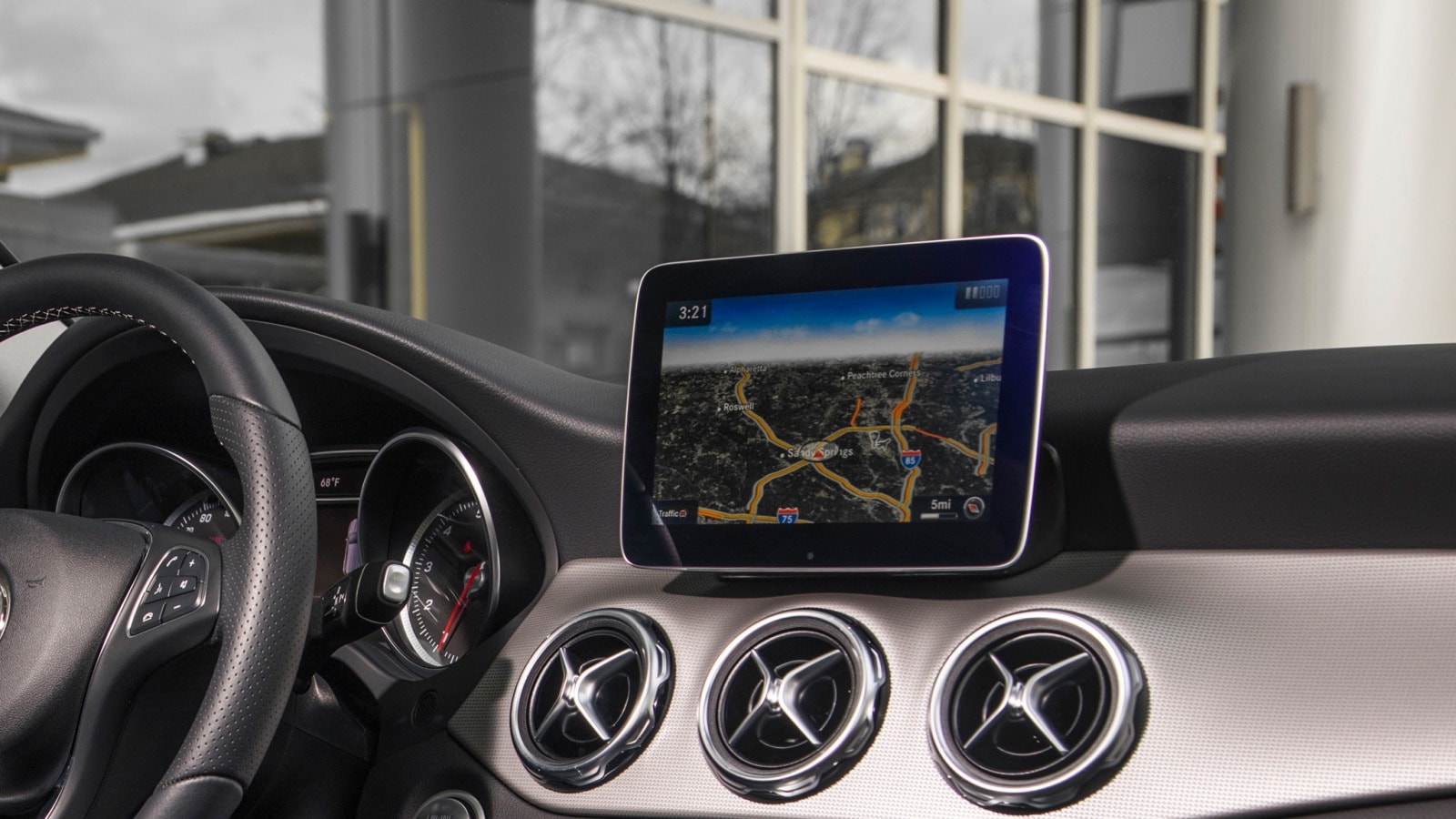In the continuous battle against air pollution and the looming threat of climate change, cities around the world are adopting innovative measures to tackle emissions from vehicles. London, one of the world’s leading metropolisesthegeorgiabulletin.com, has taken a pioneering step with its Ultra Low Emission Zone (ULEZ), demonstrating a commitment to cleaner air and sustainable urban mobility.
Table of Contents
What is ULEZ?
The Ultra Low Emission Zone, or ULEZ, is a designated area in central London where vehicles need to meet stringent emissions standards to enter without facing charges. Implemented in April 2019, it initially covered the same area as the Congestion Charge Zone but was later expanded to include a larger area of London in October 2021. The primary aim of ULEZ is to reduce harmful pollutants emitted by vehicles, such as nitrogen dioxide (NO2) and particulate matter (PM), thus improving air quality and public health.
How Does ULEZ Work?
Vehicles entering the ULEZ must meet specific emissions standards, primarily concerning their levels of nitrogen oxides (NOx) and particulate matter. Those that fail to meet these standards are subject to a daily charge to drive within the zone. The standards vary depending on the type of vehicle, with newer vehicles generally meeting the requirements, while older, more polluting ones face penalties.
Impact on Air Quality
The introduction of ULEZ has led to significant improvements in air quality within the zone. According to Transport for London (TfL), there has been a notable reduction in harmful emissions since its implementation. Data shows decreases in nitrogen dioxide levels, indicating a positive impact on public health by reducing respiratory issues and other health problems associated with air pollution.
Encouraging Sustainable Transportation
One of the key objectives of ULEZ is to encourage the adoption of cleaner and more sustainable modes of transportation. By disincentivizing the use of polluting vehicles, the scheme promotes alternatives such as walking, cycling, and the use of public transport. Additionally, it incentivizes the uptake of electric and hybrid vehicles, thereby accelerating the transition towards a low-carbon transport system.
Challenges and Considerations
While ULEZ has proven effective in reducing emissions and improving air quality, it is not without its challenges. Critics argue that the scheme disproportionately impacts low-income individuals who may own older, more polluting vehicles and cannot afford to upgrade to cleaner alternatives. Additionally, there are concerns about the potential displacement of emissions to areas outside the ULEZ boundaries, highlighting the need for a holistic approach to tackling air pollution across the entire city.
Looking Ahead
The success of London’s ULEZ serves as a model for other cities worldwide grappling with air pollution and urban mobility challenges. It demonstrates the importance of implementing bold measures to address environmental issues while emphasizing the need for equitable solutions that consider the needs of all residents. As cities continue to evolve, initiatives like ULEZ play a crucial role in creating cleaner, healthier, and more sustainable urban environments for future generations.





_3-6.jpg)


